Nike Inc. (NYSE: NKE) has been a giant in the global footwear and apparel industry for decades, but its recent stock performance has raised eyebrows. With a rough start to the year and a significant decline over the past five years, many investors are asking: Is Nike a buy, hold, or sell? Let’s dive into an in-depth analysis, covering Nike's business model, financial health, dividend performance, and valuation.
What Does Nike Do and How Do They Make Money?
Nike is a global powerhouse in designing, developing, marketing, and selling athletic footwear, apparel, equipment, accessories, and services. Although primarily created for athletic purposes, its products are also widely used for casual and leisure activities. Footwear remains the company's largest revenue driver, accounting for the bulk of sales.
This iconic brand’s strong market presence is undeniable. From running shoes to casual sneakers, Nike remains a favorite worldwide—evident in its consistent customer loyalty and widespread visibility.
Nike’s Financial Health: A Mixed Bag
Revenue Trends
Nike's revenue has shown a strong long-term upward trend, growing from $18 billion in 2009 to $51 billion in trailing twelve months by early 2024. However, the past year has been challenging, with revenue slipping from $51 billion to $47 billion—a 7.8% decline. While this setback raises concerns, the three-year trend suggests potential for stabilization and recovery.
Net Income Challenges
Nike’s net income tells a slightly more worrying story. After peaking at $6 billion in 2021, net income has since declined to $4.5 billion—a steep 25% drop. This trend highlights increasing expenses and the need for tighter cost management. While the long-term net income trajectory remains positive, recent declines warrant caution.
Free Cash Flow: A Bright Spot
One standout metric is Nike’s free cash flow (FCF), which has grown consistently over the years. From $2.4 billion in 2013 to a record-breaking year in 2024, the trend is clearly upward. This metric is critical for evaluating a company’s ability to invest in growth, pay dividends, and weather economic challenges, and Nike performs strongly in this area.
Key Financial Metrics
Nike’s valuation and profitability metrics reveal its potential and current market standing:
- P/E Ratio: At 17, Nike’s price-to-earnings ratio is attractive compared to industry norms, where P/E ratios often exceed 20.
- Net Profit Margin: At 9.4%, Nike outperforms the average industry margin of 4–5%, demonstrating strong profitability.
- ROA and ROE: Nike’s Return on Assets (8.2%) and Return on Equity (31.9%) are both solid, surpassing typical benchmarks of 5% and 15%, respectively.
Dividend Analysis
Nike’s dividend performance has significantly improved as its stock price has declined. Key highlights include:
- Dividend Yield: Currently at 2.92%, up from prior lower levels due to the falling stock price.
- Five-Year Dividend Growth Rate: 10.6%, reflecting Nike’s commitment to rewarding shareholders.
- Payout Ratios: The dividend payout ratio is 50.8%, and the cash flow payout ratio is a healthy 39.4%, indicating sustainability and room for growth.
With a 23-year track record of dividend growth, Nike proves its dedication to consistent shareholder returns.
Valuation: Is Nike Undervalued?
Intrinsic value estimates suggest Nike’s stock is significantly undervalued. A DCF (Discounted Cash Flow) model places the intrinsic value at $130 per share, while Simply Wall Street estimates it at $109. With the stock trading at approximately $53.55, this implies potential upside of over 123%.
Despite the challenges, Nike’s free cash flow stability, brand strength, and long-term growth potential make it a compelling case for value investors.
Conclusion: A High-Risk, High-Reward Play
Nike’s current price levels—comparable to its 2015 stock prices—make it an intriguing turnaround story. While the free cash flow and brand strength remain solid, the revenue and net income declines pose significant risks. Investors confident in Nike's ability to reverse these trends may find this an opportune time to buy. However, the investment carries high risks, and cautious optimism is advised.
As always, thorough due diligence and consideration of individual risk tolerance are essential. What are your thoughts on Nike stock? Share your opinions in the comments below!
https://youtu.be/I6E1CBlc58s?si=sfXQ7OZZ2Zxb8XeG





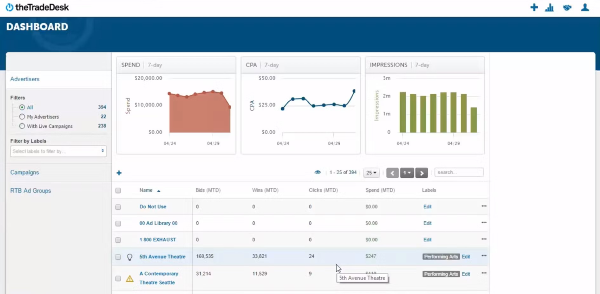
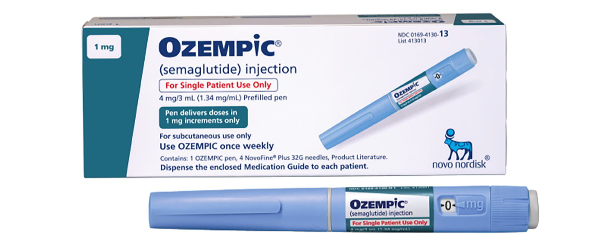
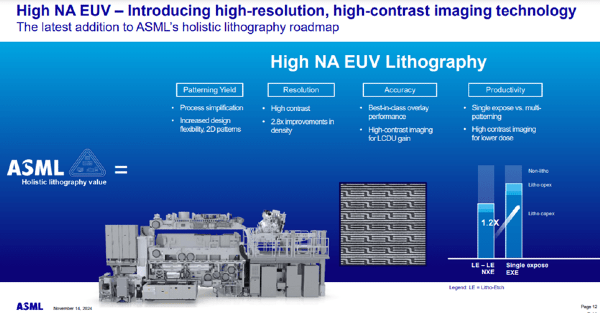
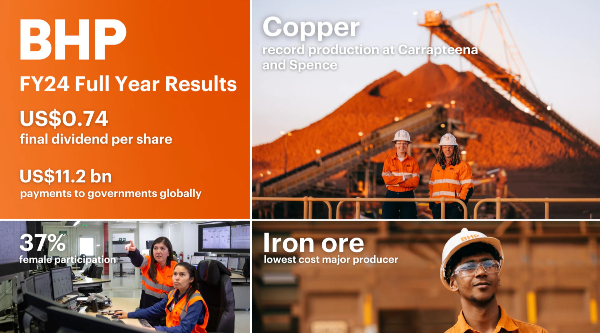



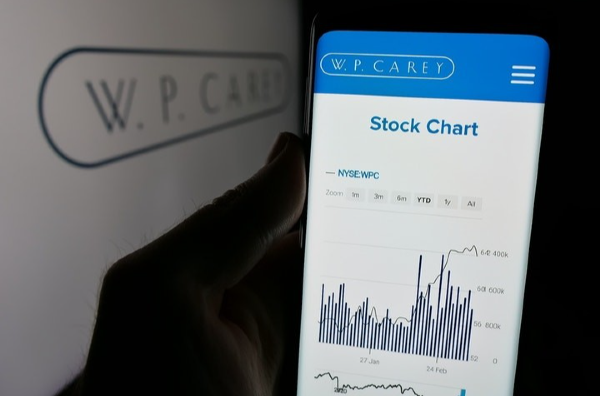

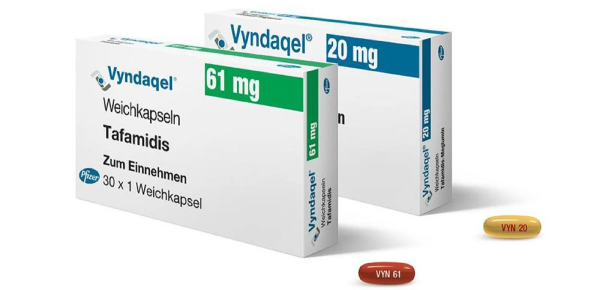















Nike Inc. (NYSE: NKE) has been a giant in the global footwear and apparel industry for decades, but its recent stock performance has raised eyebrows. With a rough start to the year and a significant decline over the past five years, many investors are asking: Is Nike a buy, hold, or sell? Let’s dive into an in-depth analysis, covering Nike's business model, financial health, dividend performance, and valuation.
What Does Nike Do and How Do They Make Money?
Nike is a global powerhouse in designing, developing, marketing, and selling athletic footwear, apparel, equipment, accessories, and services. Although primarily created for athletic purposes, its products are also widely used for casual and leisure activities. Footwear remains the company's largest revenue driver, accounting for the bulk of sales.
This iconic brand’s strong market presence is undeniable. From running shoes to casual sneakers, Nike remains a favorite worldwide—evident in its consistent customer loyalty and widespread visibility.
Nike’s Financial Health: A Mixed Bag
Revenue Trends
Nike's revenue has shown a strong long-term upward trend, growing from $18 billion in 2009 to $51 billion in trailing twelve months by early 2024. However, the past year has been challenging, with revenue slipping from $51 billion to $47 billion—a 7.8% decline. While this setback raises concerns, the three-year trend suggests potential for stabilization and recovery.
Net Income Challenges
Nike’s net income tells a slightly more worrying story. After peaking at $6 billion in 2021, net income has since declined to $4.5 billion—a steep 25% drop. This trend highlights increasing expenses and the need for tighter cost management. While the long-term net income trajectory remains positive, recent declines warrant caution.
Free Cash Flow: A Bright Spot
One standout metric is Nike’s free cash flow (FCF), which has grown consistently over the years. From $2.4 billion in 2013 to a record-breaking year in 2024, the trend is clearly upward. This metric is critical for evaluating a company’s ability to invest in growth, pay dividends, and weather economic challenges, and Nike performs strongly in this area.
Key Financial Metrics
Nike’s valuation and profitability metrics reveal its potential and current market standing:
Dividend Analysis
Nike’s dividend performance has significantly improved as its stock price has declined. Key highlights include:
With a 23-year track record of dividend growth, Nike proves its dedication to consistent shareholder returns.
Valuation: Is Nike Undervalued?
Intrinsic value estimates suggest Nike’s stock is significantly undervalued. A DCF (Discounted Cash Flow) model places the intrinsic value at $130 per share, while Simply Wall Street estimates it at $109. With the stock trading at approximately $53.55, this implies potential upside of over 123%.
Despite the challenges, Nike’s free cash flow stability, brand strength, and long-term growth potential make it a compelling case for value investors.
Conclusion: A High-Risk, High-Reward Play
Nike’s current price levels—comparable to its 2015 stock prices—make it an intriguing turnaround story. While the free cash flow and brand strength remain solid, the revenue and net income declines pose significant risks. Investors confident in Nike's ability to reverse these trends may find this an opportune time to buy. However, the investment carries high risks, and cautious optimism is advised.
As always, thorough due diligence and consideration of individual risk tolerance are essential. What are your thoughts on Nike stock? Share your opinions in the comments below!
https://youtu.be/I6E1CBlc58s?si=sfXQ7OZZ2Zxb8XeG